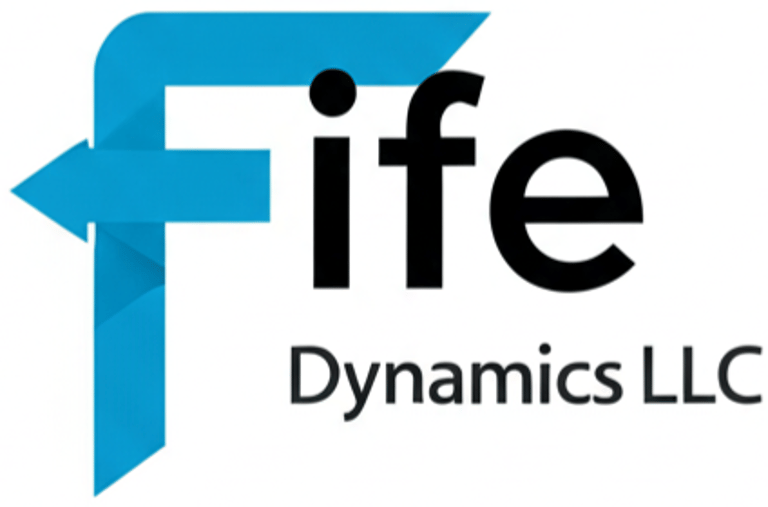Why 'Good Enough' is Costing Your Manufacturing Business a Fortune: A Machinist's Manifesto
Accepting work that is just "good enough" is a dangerously expensive mindset that quietly drains profits from manufacturing businesses. This compromise leads to tangible negative outcomes, from catastrophic field failures and costly recalls to the slow bleed of rework and lost customer trust. Ultimately, embracing a philosophy of true excellence over minimum standards is a direct investment in your bottom line, building a reliable reputation that reduces long-term costs and secures future success.
Harper Fife
7/23/2025

I’m going to say something that might make some people in this industry uncomfortable: The four most expensive words in manufacturing are “good enough to ship.”
It’s a phrase whispered in QC labs and shouted on loading docks. It’s the unofficial motto of companies chasing deadlines instead of excellence. We’ve all been there. The part is technically within the bottom end of the tolerance band. The finish has a slight imperfection, but it’s on a non-critical surface. The assembly requires a little ‘persuasion’ with a rubber mallet, but it fits.
It’s good enough. So, we ship it.
And with that decision, we start a ticking clock on a bomb that will inevitably detonate in the form of rework, field failures, warranty claims, and—worst of all—the slow, silent erosion of a customer’s trust.
I’ve built my career, and now my consultancy, Fife Dynamics, on a simple, unwavering principle: Good enough is never enough. And today, I’m going to show you why that’s not just a feel-good slogan, but a financial strategy that separates the leaders from the laggards.
The Anatomy of a "Good Enough" Disaster
Let me tell you a story. A few years ago, I was working with a company that produced high-end hydraulic manifolds. These were complex, precision-machined blocks of aluminum with dozens of intersecting ports and channels. They had just landed a massive contract with an agricultural equipment giant. The pressure was on.
During a production run, a slight tooling chatter was creating a subtle "washboard" finish inside one of the critical high-pressure bores. It was almost undetectable to the naked eye. The CMM report showed it was dimensionally correct, right at the edge of the specified surface roughness.
The production manager, staring down a tight delivery schedule, made the call: “It’s good enough. Ship them.”
For six months, everything was fine. Then the calls started.
That nearly imperceptible chatter, under thousands of PSI of hydraulic pressure and constant vibration on a combine harvester, was acting like a microscopic cheese grater on the O-ring seals. Hydraulic fluid began to weep, then leak. In the middle of harvest season, multi-million dollar machines were sidelined across the country, all because of a surface that was deemed "good enough."
The fallout was catastrophic:
Immediate Costs: A multi-million dollar recall and replacement program.
Hidden Costs: The cost of flying technicians out to the field, the overtime for their own factory to produce the new parts, and the logistical nightmare of it all.
Future Costs: They lost the contract renewal the following year, a loss valued at seven figures. Their reputation was tarnished.
This wasn’t a failure of engineering. It was a failure of philosophy. The chase for the short-term deadline completely eclipsed the long-term value of true quality.
Beyond the Calipers: Where "Good Enough" Hides
This isn't just about catastrophic failures. The cost of "good enough" is bleeding you dry in a thousand smaller ways. Think about:
Precision Sheet Metal: A bracket is formed "good enough" to fit, but the bend radius is slightly off. On your assembly line, workers now have to spend an extra 30 seconds wrestling it into place, maybe even re-drilling a hole. Multiply that by thousands of units. You're not paying for a part; you're paying for a perpetual rework project.
Fabrication & Welding: A weld is strong enough to pass inspection, but it’s sloppy. It has undercut and spatter. Your customer now has to spend extra time and money grinding it down and cleaning it up before it can go to paint. You didn't just sell them a frame; you sold them a problem.
Machining: A part is within tolerance, but it’s at the absolute limit. When it gets to the customer and is mated with another component that’s also at its limit (in the opposite direction), you get tolerance stacking. The assembly fails. Who gets the blame? Everyone.
True quality, the kind that builds empires, is found in the details that don't always show up on a print. It's the deburring of an edge that isn't specified but prevents a sliced finger during assembly. It’s the uniform toolpaths that create a superior surface finish, ensuring a better seal. It's the fabrication that arrives clean, straight, and ready to integrate seamlessly into your customer’s workflow.
The Financial Case for Excellence
Let's stop thinking about quality as an expense. It's an investment with a measurable ROI.
When you abandon "good enough" and demand excellence, you are not just making better parts. You are:
Slashing Total Cost of Ownership: Your customers spend less time inspecting, reworking, and fighting with your components.
Increasing Throughput: Your parts fit perfectly, every time, accelerating your customers' assembly lines.
Building an Unbreakable Reputation: You become known as the partner who delivers solutions, not just parts. Your name becomes synonymous with reliability. This is how you win bigger contracts and command better margins.
Your First Step: A Manifesto for Change
It’s time to change the conversation. Stop asking "is it good enough?" and start asking, "how can we make this better?" Challenge your suppliers. Empower your team. Look at every process and every part not as a cost center, but as a statement of your company's values.
This is my manifesto, and it's the foundation of Fife Dynamics. We don’t just consult; we partner with manufacturers to transform their operations from "good enough" to "best in class."
